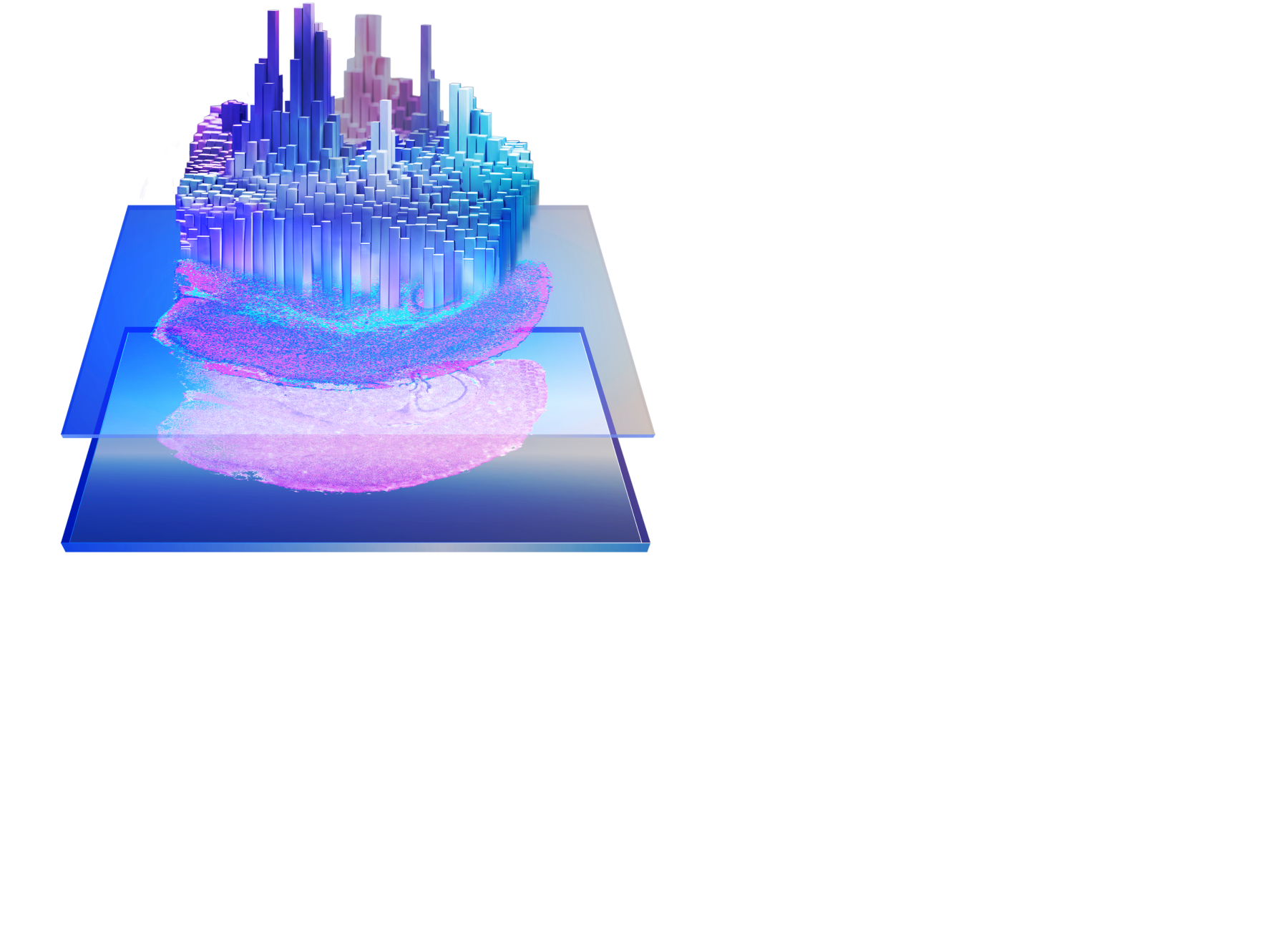Now shipping
Introducing a new era of spatial discovery with Visium HD Spatial Gene Expression
- Whole transcriptome analysis at single cell-scale resolution
- Continuous tissue coverage
- Best-in-class data powered by innovative probe-based chemistry and a Visium CytAssist-enabled workflow
Insights from spatial profiling in action
See how whole transcriptome spatial analysis has helped researchers identify cell types and cell–cell interactions that drive crucial functions in health and disease.

Novel lung immune niche provides long-term antibody hideouts
Researchers from the Wellcome Sanger Institute established a single cell and spatial atlas of healthy human lungs and airways, revealing a novel immune cell niche for IgA plasma cells that likely supports respiratory health.
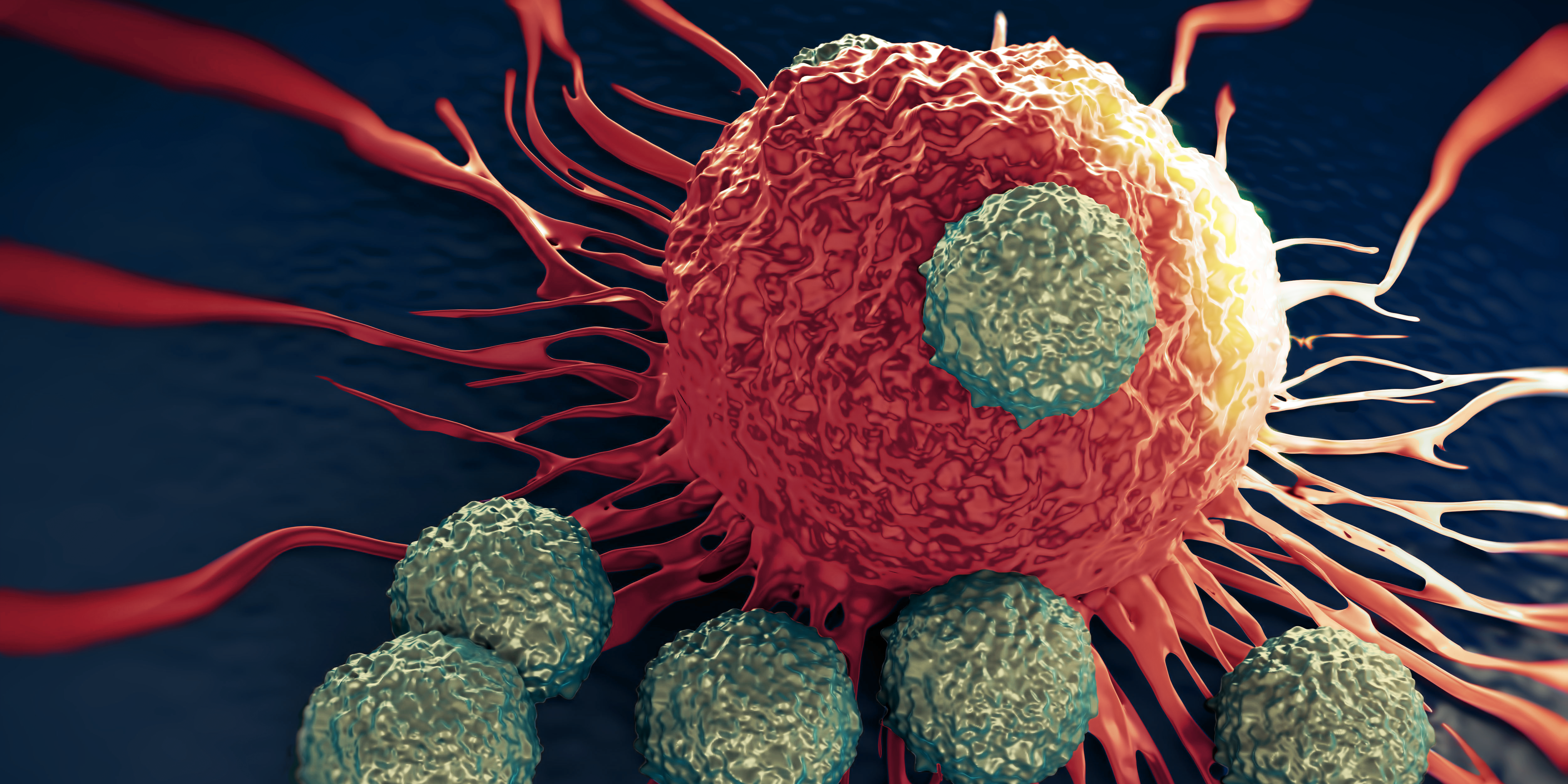
Spatial transcriptomics—the next evolution of cancer drug discovery
Learn how spatial transcriptomics can help researchers identify potential drug targets and cancer resistance mechanisms by visualizing biomarkers, cell–cell interactions, and tumor transcriptomes in the native tissue architecture.
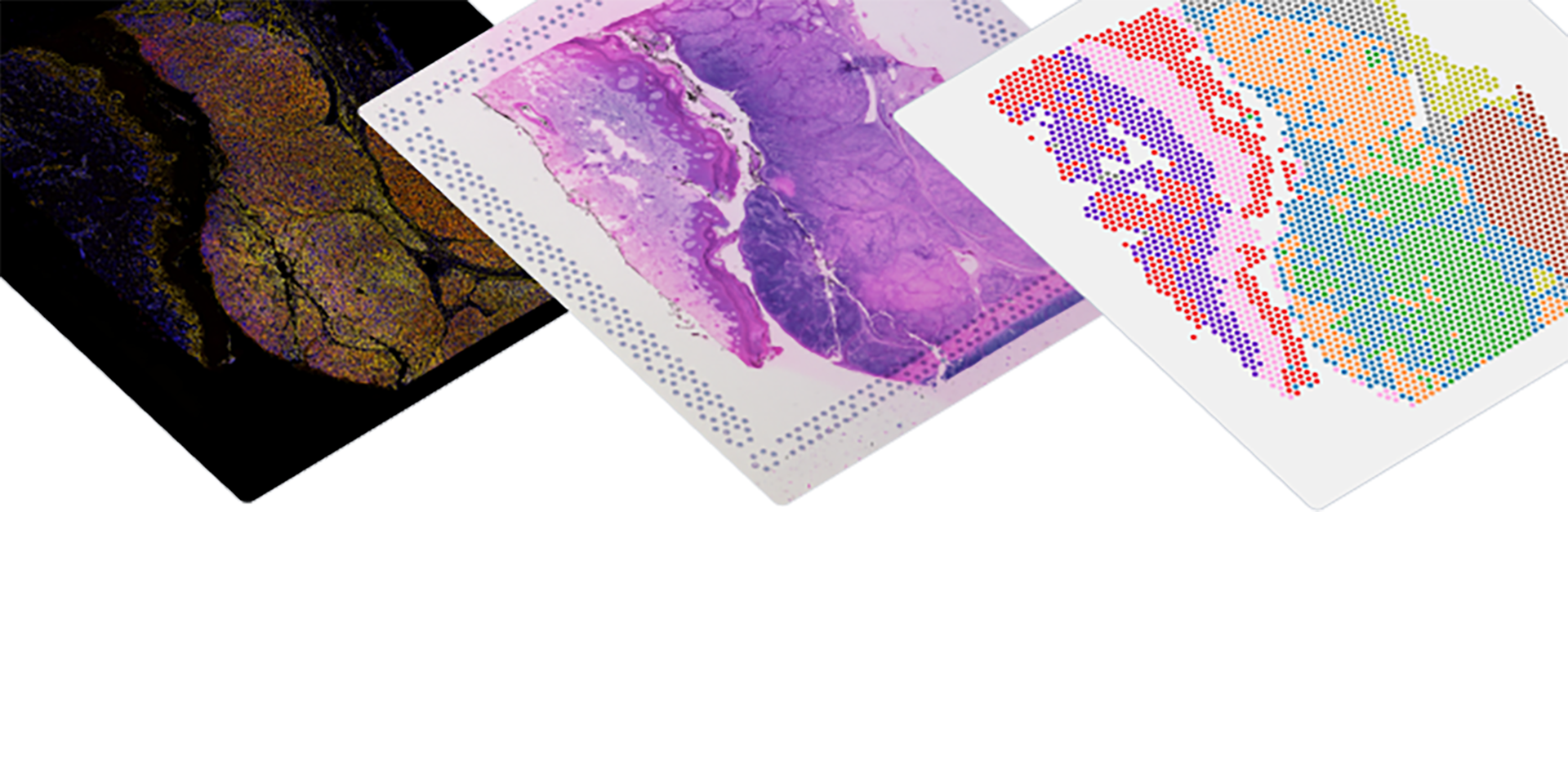
Some of our favorite Visium spatial transcriptomics publications from 2023
From identifying a previously undescribed T-cell state in cancer, to defining the genes involved in healthy palate development, these publications cover the most innovative and interesting applications of the Visium Spatial platform.
Flexible assays that suit your needs
Assay | HD Spatial Gene Expression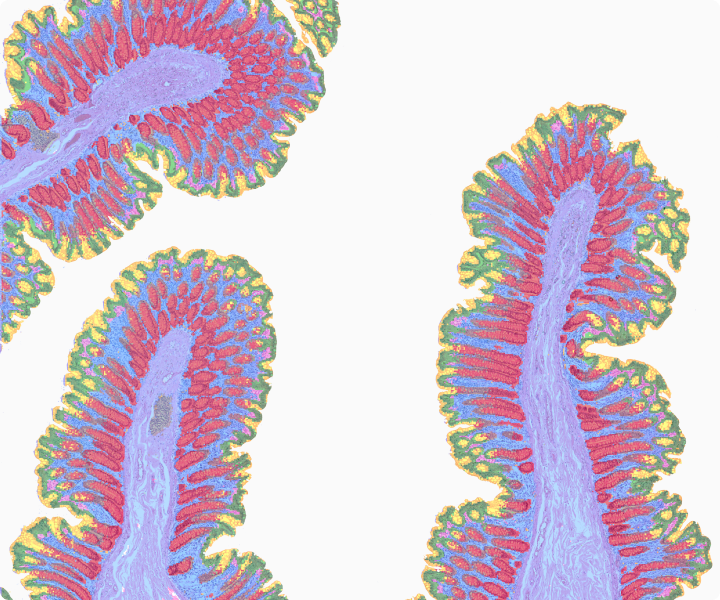 | Spatial Gene Expression v2 & v1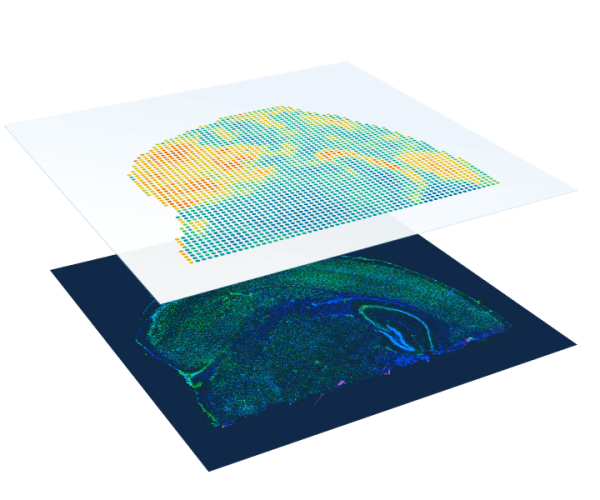 | Spatial Gene + Protein Expression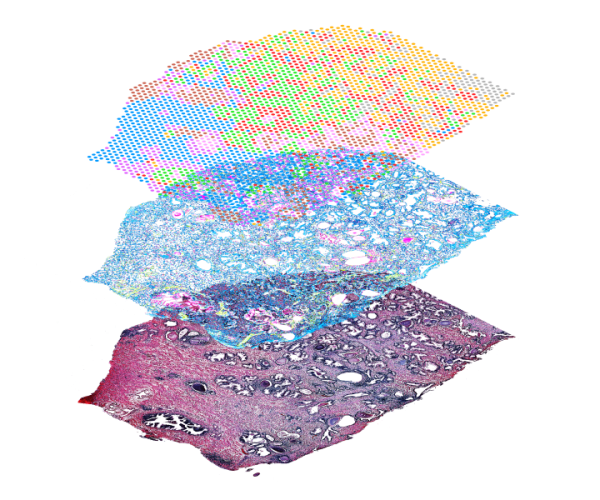 |
|---|---|---|---|
What you can do | Proven whole transcriptome spatial analysis at single cell-scale resolution and continuous tissue coverage.
| Simultaneous analysis of molecular and imaging data from FFPE & frozen tissue sections.
| Simultaneous analysis of RNA and protein expression of FFPE tissues, using probe-based chemistry and tagged antibodies.
|
Species compatibility | Human and mouse | Various | Human and mouse |
Tissue compatibility | FFPE | FFPE fresh frozen fixed frozen | FFPE |
Capture Area size | 6.5 mm x 6.5mm | 6.5 mm x 6.5 mm 11 mm x 11 mm | 6.5 mm x 6.5 mm 11 mm x 11 mm |
Analyte capture method |
|
|
|
Simple sample handling and powerful spatial insights
- Start with typical histology workflow on standard glass slides
- Use the instrument to transfer slides to Visium capture areas
- Proceed with the remaining Visium workflow
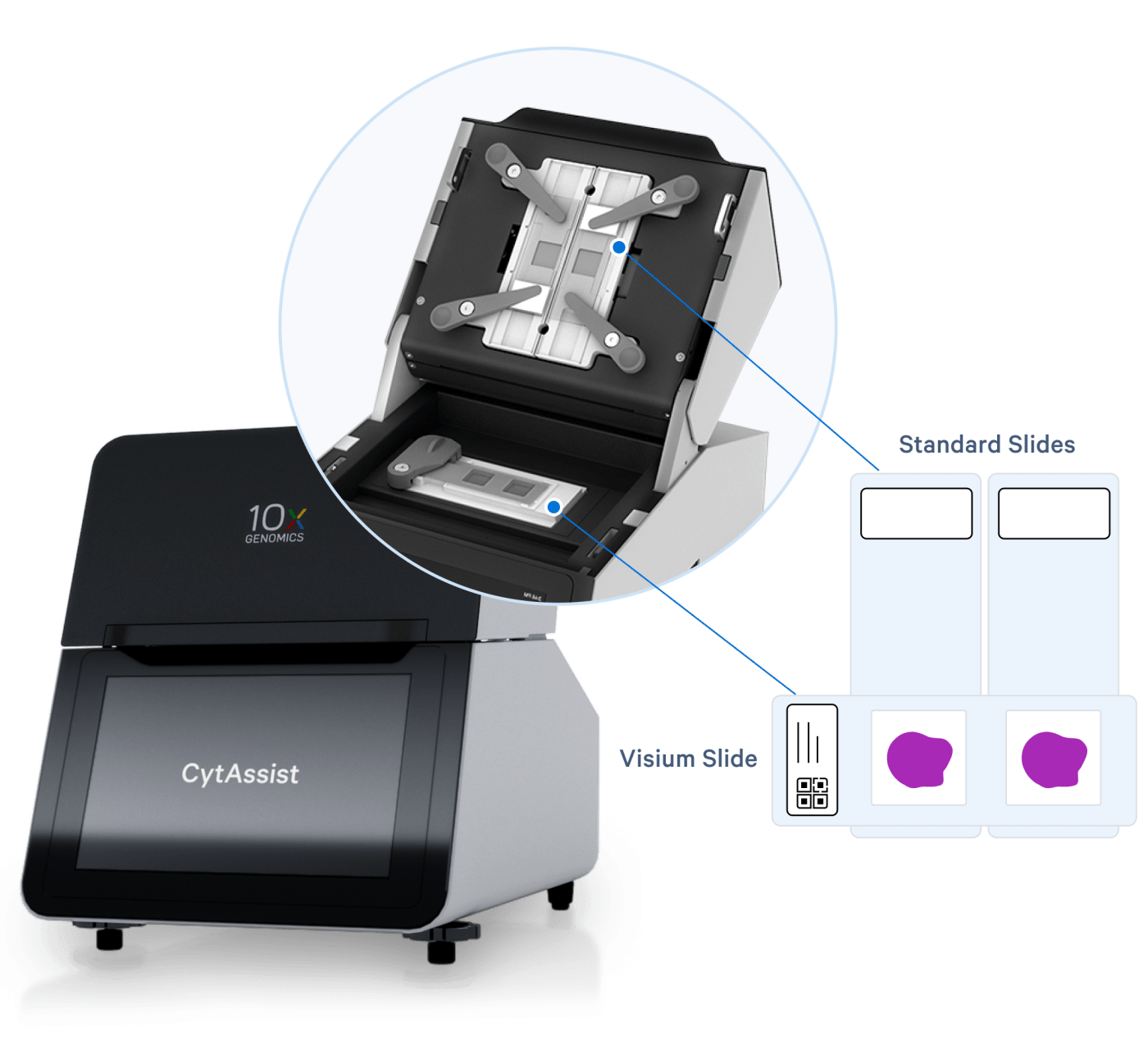
An intuitive visual canvas for your spatial analysis
Transform sequencing data into gene expression-aligned images
Map the whole transcriptome across your tissue sections with Space Ranger, a set of analysis pipelines that process sequencing data with brightfield and fluorescence microscope images.
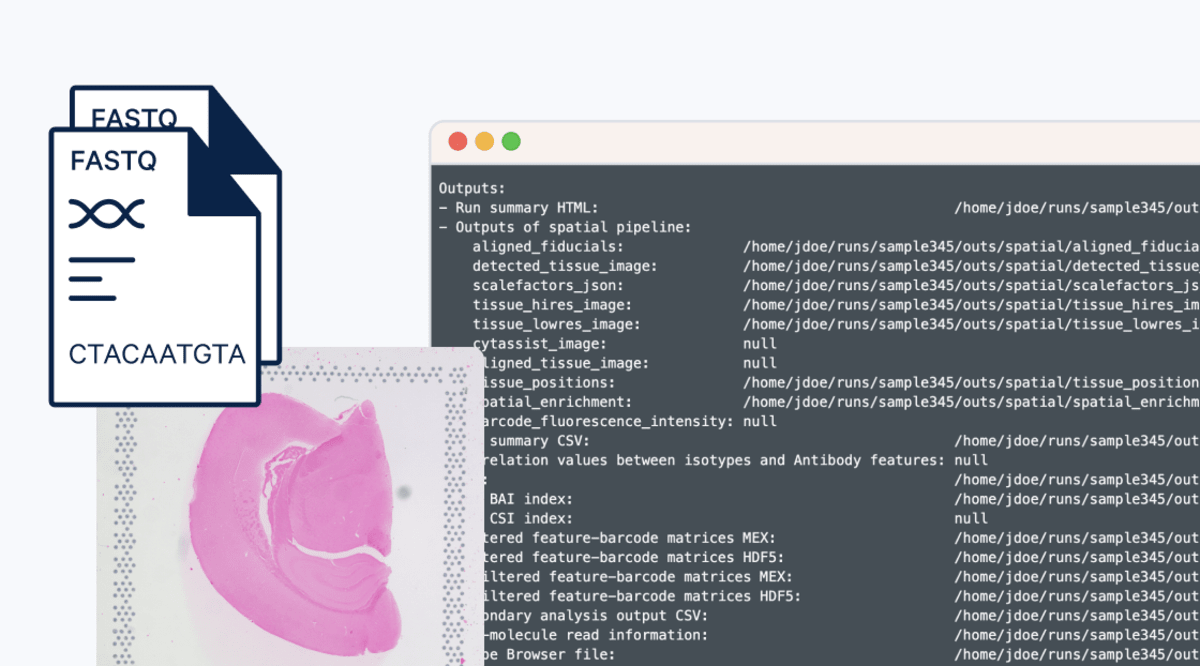
Dive into your data and uncover new spatial biology insights
Explore your Space Ranger results using Loupe Browser. Loupe Browser is a desktop application that enables you to easily navigate through molecular expression patterns overlaid on your original tissue section image.
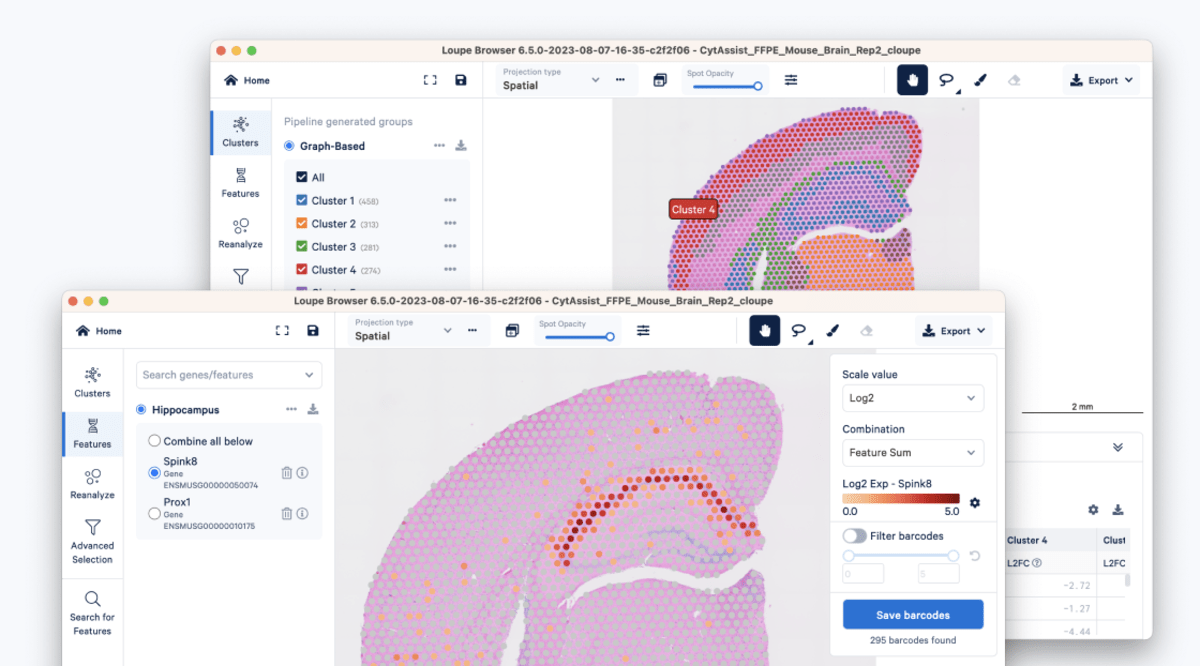
Explore the power of spatial biology
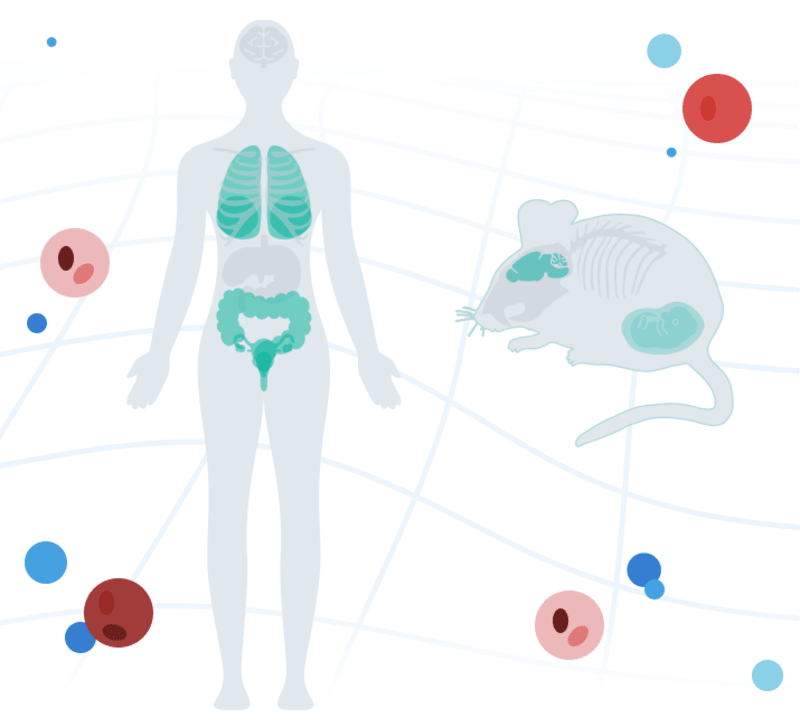
Visium tumor data atlas
Access Visium datasets of FFPE tumor samples and experience the power of spatially resolved biology.
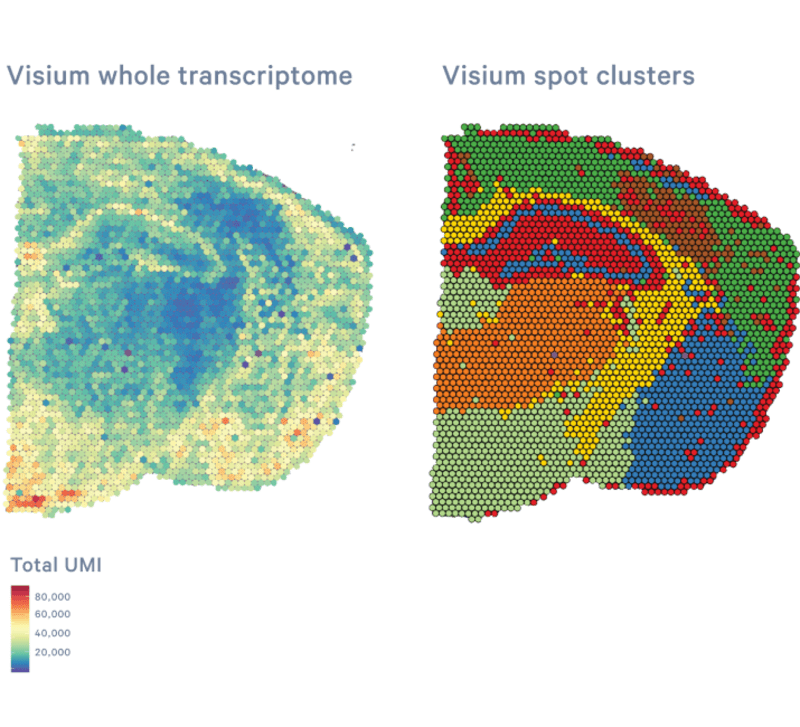
Spatial datasets
Access free, publicly available data from a number of different sample types generated with Visium spatial solutions.
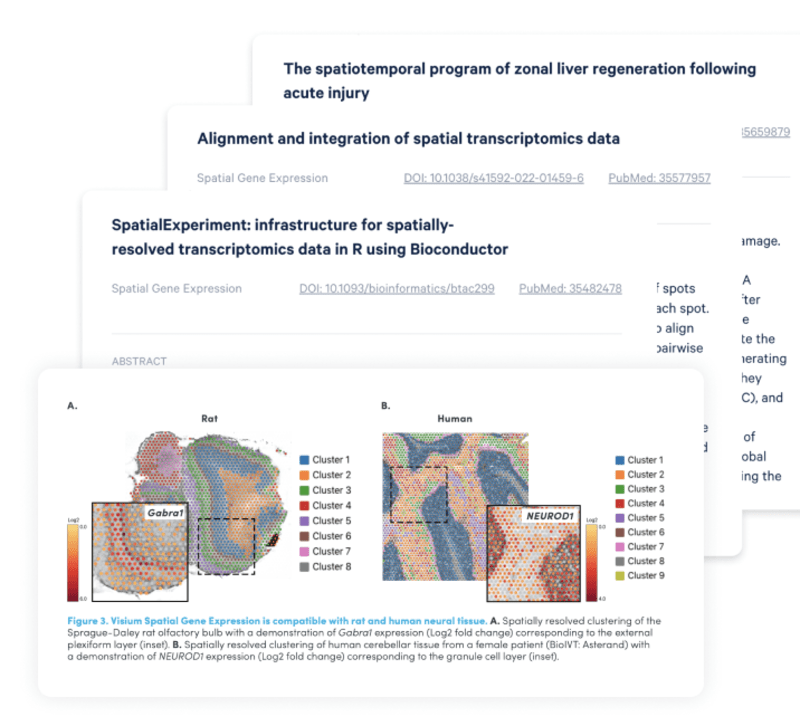
Spatial publications
Browse peer-reviewed publications and explore how researchers use 10x Genomics products to accelerate novel discoveries.
Enhance your spatial discovery with complementary platforms
Expand your Visium insights by interrogating single cell profiling with newly discovered mapped cell types or deepen your understanding of specific targets using Xenium subcellular precision.
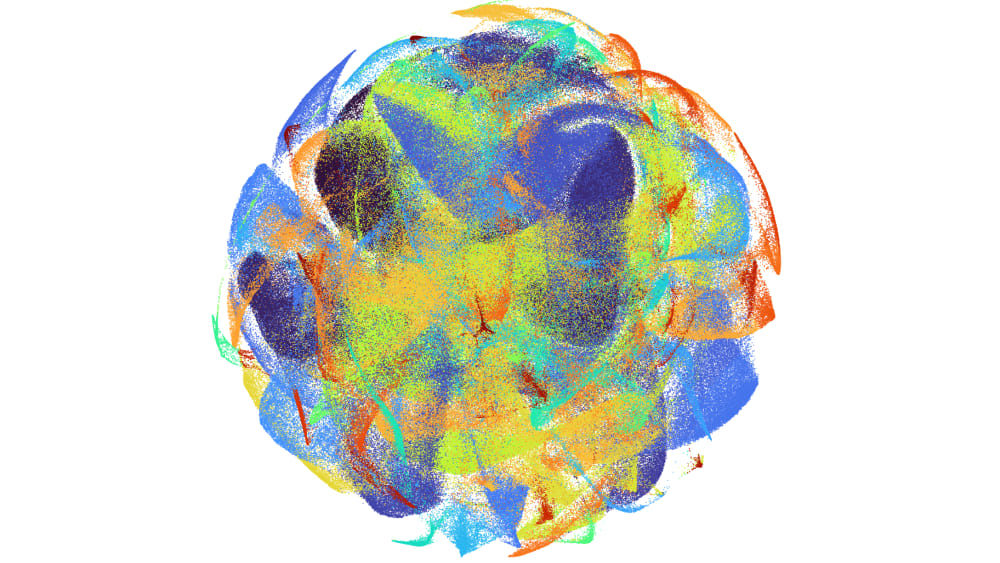
Perform transcriptomic profiling, with multiomic capabilities, in up to a million single cells
Characterize tissue heterogeneity, discover rare cell types, and dissect molecular mechanisms cell by cell.
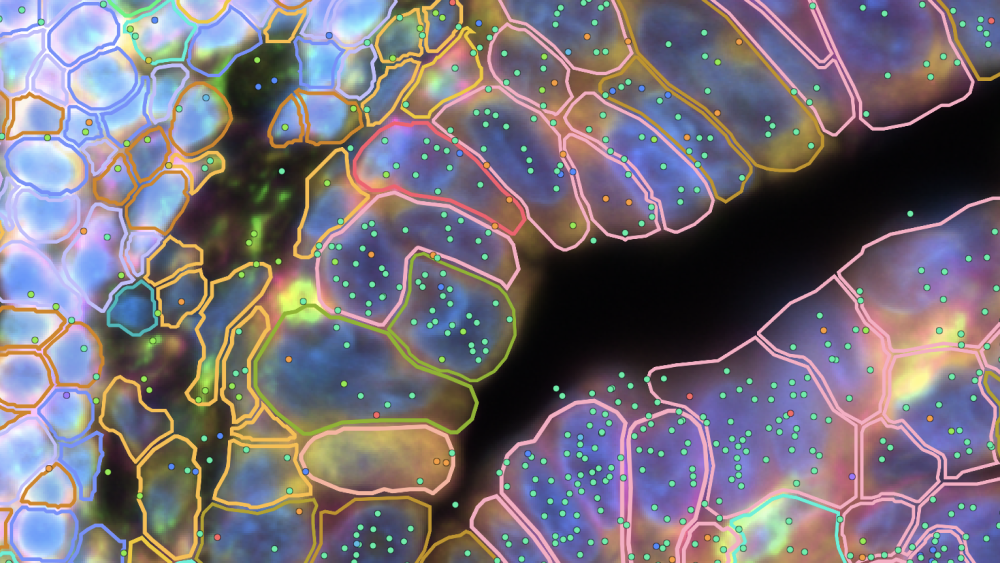
Target 100’s to 1000’s of RNAs in individual cells across a tissue sample
Map gene expression at subcellular resolution with a diverse menu of validated, biologically relevant panels
